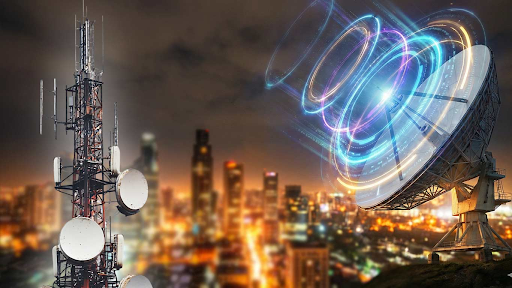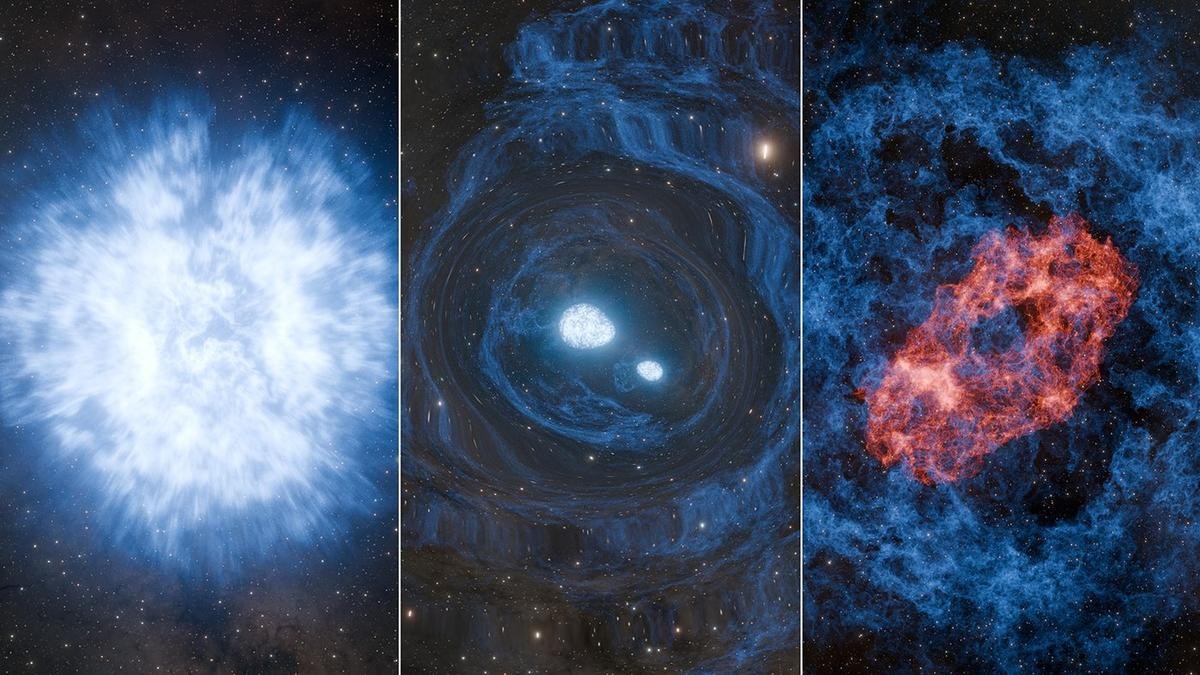



Rutgers researchers discovered intercrystals—twisted layers of graphene and boron nitride creating moiré patterns. These materials enable tunable electronic states like superconductivity and magnetism without chemical changes. Intercrystals promise energy-efficient electronics, quantum computing stability, advanced sensors, and sustainable, faster devices with longer battery life

Copyright infringement not intended
Picture Courtesy: PHYS
Rutgers University researchers have discovered "intercrystals"—materials.
Intercrystals are a new class of materials discovered by researchers at Rutgers University. They are created by accumulating ultrathin layers of graphene (a super-strong, conductive carbon material.) and hexagonal boron nitride (a non-conductive "insulator" layer.) and then twisting them slightly to form unique patterns called moiré patterns.
Twistronics—a technique where materials are twisted at specific angles to control their electronic properties through geometry, not chemistry.
Moiré Patterns => These patterns act as a "superlattice" that reshapes how electrons move. For example, twisting graphene layers can turn them into superconductors (materials that conduct electricity with zero resistance) or magnets.
Geometric Control: Unlike traditional crystals (which rely on repeating atomic patterns), intercrystals use non-repeating but ordered structures to achieve unique behaviors like superconductivity or magnetism.
Tunable Electronics => By adjusting the twist angle, scientists can "switch" materials between conducting, insulating, or superconducting states. This eliminates the need for complex chemical modifications.
Quantum-Friendly => Intercrystals indicate topologically protected states, where electrons behave as fractions, crucial for stable quantum computing.
Energy Efficiency => They allow low-loss electronics, reducing energy waste in devices like transistors and sensors.
Greener Electronics => Made from abundant, non-toxic elements (carbon, boron, nitrogen), intercrystals avoid rare-earth metals, making them sustainable.
Quantum Computing => Their ability to host exotic electron states (e.g., fractional quantum Hall effect) could stabilize qubits, the building blocks of quantum computers.
Advanced Sensors => Atomic-scale sensitivity makes them ideal for medical or environmental monitoring.
Smartphones and Laptops => Smaller, faster, and energy-efficient chips could make devices last longer on a single charge.
Must Read Articles:
QUANTUM TECHNOLOGY AND NATIONAL SECURITY RISKS
Source:
|
PRACTICE QUESTION Q. Which environmental advantage does graphene offer in water purification? A) It filters out heavy metals without requiring electricity B) It reduces plastic waste during manufacturing C) It eliminates greenhouse gases during production D) It generates renewable energy while purifying water Answer: A Explanation: Graphene’s environmental edge in water purification lies in its atomic-scale precision and passive efficiency. Unlike energy-hungry systems like reverse osmosis, graphene oxide membranes act as molecular sieves—trapping pollutants like lead, arsenic, and salts through nanopores, without demanding external power. This slashes energy footprints while tackling toxic contamination, a dual win. |









© 2026 iasgyan. All right reserved